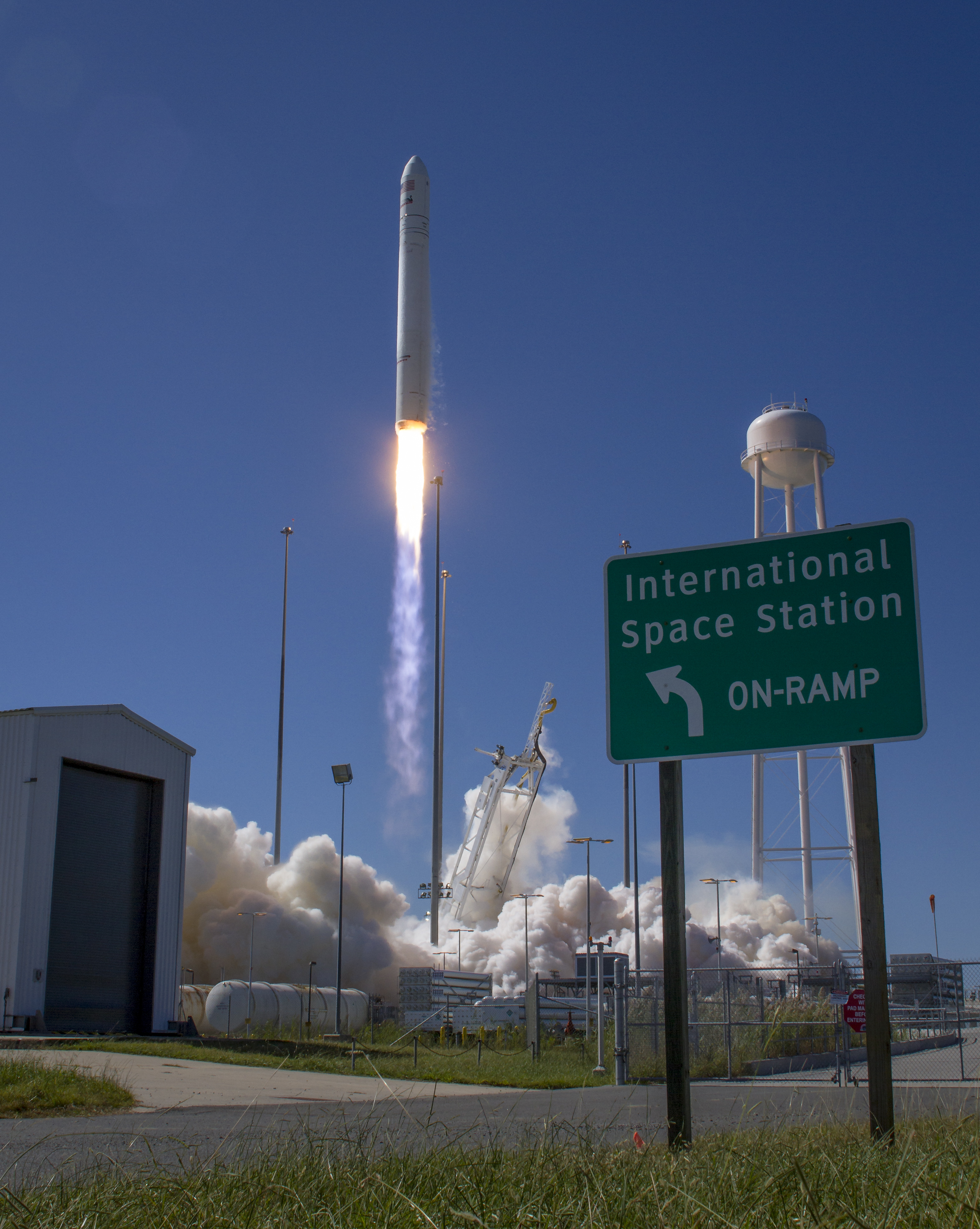Today, September 18, we celebrate the 10th anniversary of the launch of the first Cygnus spacecraft in 2013 by an Antares 110 rocket at 14:58:02.2 (GMT). Looking back, we can take pride in the exceptional achievements of the past ten years and the great teamwork between Thales Alenia Space and Orbital ATK, which became Northrop Grumman in 2018. This enduring partnership has not only provided valuable opportunities but also fostered close synergies and collaboration.

©NASA
With two shipments a year and the last successful launch on August 1 for Cygnus 19, marking the 20th mission (including the demonstration mission), the Cygnus spacecraft has delivered approximately 59,000 kg of critical cargo, equipment, experiments and crew supplies — such as water, food and personal items — to astronauts on the International Space Station (ISS).
Cygnus comprises two main sections: a service module built by Northrop Grumman and the pressurized cargo module (PCM) designed and developed by Thales Alenia Space, building on the experience gained from previous programs such as the Automatic Transfer Vehicle (ATV) for Airbus Defense and Space and the European Space Agency (ESA), the Multipurpose Logistics Modules (MPLM) for the Italian Space Agency (ASI) on behalf of NASA, and the extensive expertise acquired from constructing a major part of the ISS’ pressurized volume.

©NASA
Cygnus cargo modules have undergone significant upgrades over the years. In the first three missions, the Standard Cygnus module had an empty mass of 1,500 kg and an internal volume of 18 m³. Improvements were introduced from the fourth mission, with an enhanced version increasing the empty weight over the years to 2,200 kg and the internal volume to an impressive 27 m³. Continuous research and development efforts have evolved this reliable spacecraft to meet the demands of space exploration. Thanks to the trustworthy design and a string of successful missions, Thales Alenia Space has maintained a leadership position in the construction of pressurized modules for a decade, consolidating its role as a key player in space exploration.
Over the course of ten years of operational missions and longer dedicated to studies and design, the development of pressurized cargo modules has involved a dedicated team of technicians and engineers, some of whom have been working on the project since its inception. PCM stands as a remarkable project embodying a unique blend of innovation, skills and a deep legacy of knowledge acquired from this series of missions.

Thales Alenia Space is leveraging the extensive experience gained from its involvement with the ISS, where we have supplied a significant portion of its pressurized volume. As well as our contributions to the Cygnus resupply missions, we are committed to delivering cutting-edge pressurized modules for the Lunar Gateway and Axiom, the first-ever commercial space station.
Walter Cugno, Vice President Exploration and Science, commented: “Cygnus is an extraordinarily successful commercial program in partnership with Northrop Grumman and further proof of the leadership position Thales Alenia Space has attained in the space logistics and transportation market. Ten years of successful logistics missions have demonstrated our ability to support growing present and future space logistics needs in low Earth orbit (LEO), lunar orbit and on the Moon’s surface. Cygnus complements Thales Alenia Space's offerings for Human and Robotic Space Exploration programs for all destinations, from LEO to the Moon, Mars and beyond. The Thales Alenia Space and industrial teams deserve special recognition and thanks for this outstanding journey over more than ten years.”
As we celebrate this decade of uninterrupted ISS resupply missions, we can look forward to the next ten years of missions with renewed hope and determination, as we continue pushing the boundaries of space exploration and the frontiers of human knowledge.


